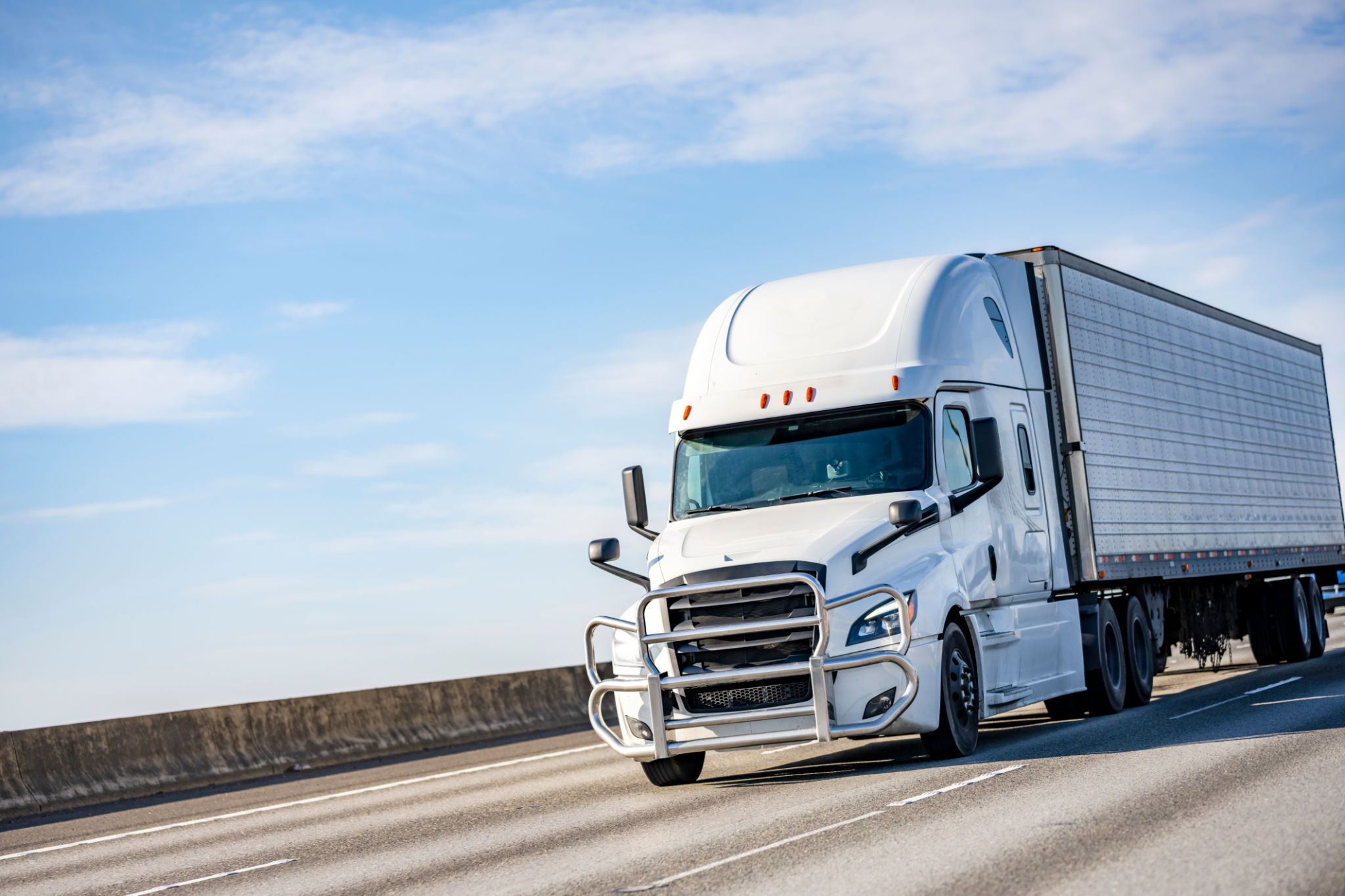The Ultimate Guide to Trucking Regulations in the United States
Understanding the Basics of Trucking Regulations
Trucking regulations in the United States are designed to ensure the safety of drivers, cargo, and the general public. These regulations are enforced by the Federal Motor Carrier Safety Administration (FMCSA), which sets standards for vehicle operation, driver qualifications, and vehicle maintenance. Understanding these regulations is crucial for anyone involved in the trucking industry.

Driver Qualifications and Hours of Service
One of the most critical aspects of trucking regulations is ensuring that drivers are qualified and fit for the road. The FMCSA requires commercial truck drivers to hold a Commercial Driver's License (CDL) and meet specific health standards. Additionally, drivers must adhere to Hours of Service (HOS) rules, which limit the number of hours a driver can operate a vehicle without taking a break. The aim is to reduce fatigue-related accidents.
The HOS rules stipulate that drivers can drive a maximum of 11 hours after 10 consecutive hours off duty. Furthermore, they cannot drive after 60/70 hours on duty in 7/8 consecutive days. These rules are critical for maintaining safety on the roads.
Vehicle Maintenance and Inspection
Regular vehicle maintenance and inspection are essential components of trucking regulations. The FMCSA requires that trucks undergo periodic inspections to ensure they are in safe operating condition. Key areas of focus include brakes, tires, lighting, and the load securement system. Proper maintenance not only ensures compliance with regulations but also helps prevent costly breakdowns and accidents.

Cargo Securement and Weight Limits
Proper cargo securement is another vital aspect of trucking regulations. The FMCSA has specific rules regarding how cargo should be secured to prevent shifting or spilling during transit. This includes using tie-downs, chains, and other securing devices appropriately. Proper cargo securement reduces the risk of accidents and ensures goods arrive safely at their destination.
Weight limits are also strictly enforced to protect road infrastructure and ensure vehicle stability. Trucks must adhere to weight restrictions based on their configuration and the type of roads they travel on. Overloading can lead to hefty fines and increased wear and tear on vehicles.

State-Specific Regulations
While federal regulations provide a baseline, each state may have additional requirements for trucks operating within its borders. These can include specific permits, routing restrictions, or environmental regulations. It is crucial for trucking companies to be aware of and comply with state-specific rules to avoid penalties and delays.
Some states may also have unique requirements for hazardous materials transportation, requiring special permits or routes. Staying informed about these variations is essential for smooth operations across state lines.
The Impact of Technology on Compliance
Advancements in technology have significantly impacted compliance with trucking regulations. Electronic logging devices (ELDs) have replaced traditional paper logs, providing more accurate tracking of driving hours and ensuring adherence to HOS rules. Similarly, telematics systems offer real-time data on vehicle performance, helping to maintain compliance with maintenance schedules.
These technologies not only streamline compliance but also enhance efficiency and safety in operations. Trucking companies investing in technology can often reduce operational costs while meeting regulatory requirements more effectively.

Conclusion: Staying Informed
Navigating the complex web of trucking regulations in the United States can be challenging. However, staying informed and up-to-date with current rules is essential for safe and efficient operations. By understanding driver qualifications, vehicle maintenance requirements, cargo securement standards, and leveraging technology, trucking companies can ensure compliance and enhance their overall efficiency.
In an ever-evolving industry, continuous education and adaptation are key to success. By prioritizing safety and regulatory compliance, trucking businesses can safeguard their operations and contribute to safer roads nationwide.